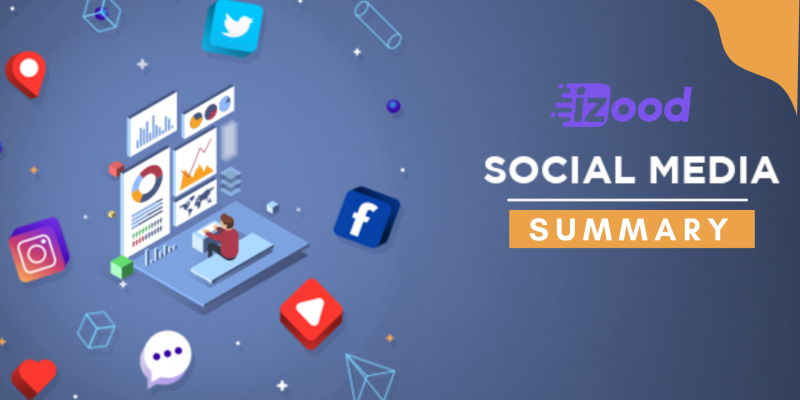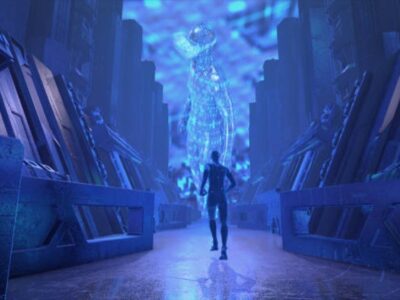
Since it was first made available to the public as Web1, the World Wide Web, sometimes referred to as the Internet or the web, has undergone a significant transformation. It is hardly surprising that the web has evolved in step with changing consumer demands and technological advancements. Web3 is a brand-new idea for the web of the future. Users should be able to not only consume and generate material and data on this most recent version of the Internet but also own it.
You can also read: What Is Average True Range?
Web1 enabled easy interaction and content consumption. Users were able to access and produce their own content thanks to Web2, which was in part influenced by the development of smartphones and mobile internet connectivity.
A brief history of the Web
Web1 and Web2 are the two main phases of the web, despite the fact that it has undergone many changes over the years:
Web 1
The first Internet was Web1, commonly referred to as Web 1.0. It was composed of static HTML pages, which at the time was the language used for formatting the internet. Web1 operated on a completely decentralized infrastructure, allowing anyone to install a server, create applications, and publish content online without interference from gatekeepers. Web1 users had access to web browsers for conducting online information searches.
Web2
In contrast to Web1, the modern Internet is centralized, geared toward content development, and mostly controlled by huge, prosperous IT firms.
Databases, server-side processing, forms, and social media came together in the late 1990s to create Web2, or Web2.0, an Internet that was more interactive. The Internet as it exists now is a platform for the production of content. Whether you want to be a writer, a photographer, or an influencer, it’s simple to develop and present your work to the Web2 community.
While social media platforms like Facebook and Twitter enable users to connect and communicate with anyone on the planet, service providers like WordPress and Tumblr give people a platform on which to generate content.
Furthermore, anyone may effortlessly consume material thanks to mobile internet connectivity and the widespread use of cellphones.
Businesses that focus on Web2 have benefited from the Internet revolution. In addition to making money, businesses have amassed enormous user databases. A core global network of users and their data has been gathered by larger businesses like Google and Facebook through the acquisition of smaller ones.
What is Web3?
Web 3.0, often known as the executable web, is the next version of the internet. Dynamic apps, machine-to-machine communication, and interactive services were its first steps.
Additionally, it describes how various web sites evolve and communicate with one another. Data is shared rather than owned, and different services present different perspectives for the same data or web.
Semantic Web, another term for Web 3.0, refers to a web where all data is linked and understood both theoretically and contextually by machines, paving the way for the development of AI and ML.
Additionally, semantic metadata displays the data that keeps people linked. As a result, the user experience advances to a new level of connectedness and makes use of all accessible data.
Potential benefits of Web3
Here you can find out information about Potential benefits of Web3:
Decentralization
A fundamental concept of Web 3.0 is this. The truth is that both sides of the Web2 vs. Web3 argument will be important in the future. Therefore, perhaps we should gladly embrace the greatest features of Web3 that can address some of the problems with Web2 rather than placing bets on which battleship will sink the other. Web3 is merely another essential component of the impending Metaverse.
Even with all the opposition we’re experiencing, Web3 can lead to a better internet. It is improbable that one will succeed in trying to put an idea out of its misery or in trying to crush the entrepreneurial spirit of a worldwide movement where individuals can create billion-dollar companies.
Through decentralized data networks, consumers will be able to sell the data produced by various and powerful computing resources, such as mobile phones, desktop computers, appliances, automobiles, and sensors, while still maintaining ownership control.
Trustless and permissionless
Web 3.0 will be trustless (i.e., the network will allow users to connect directly without going via a trusted intermediary) and permissionless in addition to being decentralized and built on open source software. This means that anyone can participate without authorization from a governing body. As a result, Web 3.0 applications that also known as dApps, will operate on blockchains, decentralized peer-to-peer networks, or a hybrid of the two.
Artificial intelligence (AI) and machine learning
Through the use of technologies based on Semantic Web principles and natural language processing, Web 3.0 will enable computers to comprehend information similarly to humans. Web3.0 will also make use of machine learning, a kind of artificial intelligence that mimics human learning by using data and algorithms, gradually increasing its accuracy. Instead of just targeted advertising, which makes up the majority of present efforts, these capabilities will enable computers to deliver faster and more relevant outcomes in a variety of fields like medical development and new materials.
Availability and connectivity With Web 3.0, material and information are more connected and widely available, accessible by numerous applications, and more commonplace items are becoming web-connected. One such gadget is the Internet of Things.
The Future of Web3
The truth is that both sides of the Web2 vs. Web3 argument will be important in the future. Therefore, perhaps we should gladly embrace the greatest features of Web3 that can address some of the problems with Web2 rather than placing bets on which battleship will sink the other. Web3 is merely another essential component of the impending Metaverse.
Even with all the opposition we’re experiencing, Web3 can lead to a better internet. It is improbable that one will succeed in trying to put an idea out of its misery or in trying to crush the entrepreneurial spirit of a worldwide movement where individuals can create billion-dollar companies.
Conclusion
If we want to compare with different eras of cinema, we consider Web1 depicting the era of black and white movies, Web2 is the era of color 3D movies, and Web3 is the amazing experiences of the Metaverse. Just as the 2010s were the decade when Web2 became evident in the global business and cultural perspective, the 2020s will be the turn of Web3. Facebook’s change of name to Meta on October 28, 2021 can be considered a sign of the faster development of Web3.




